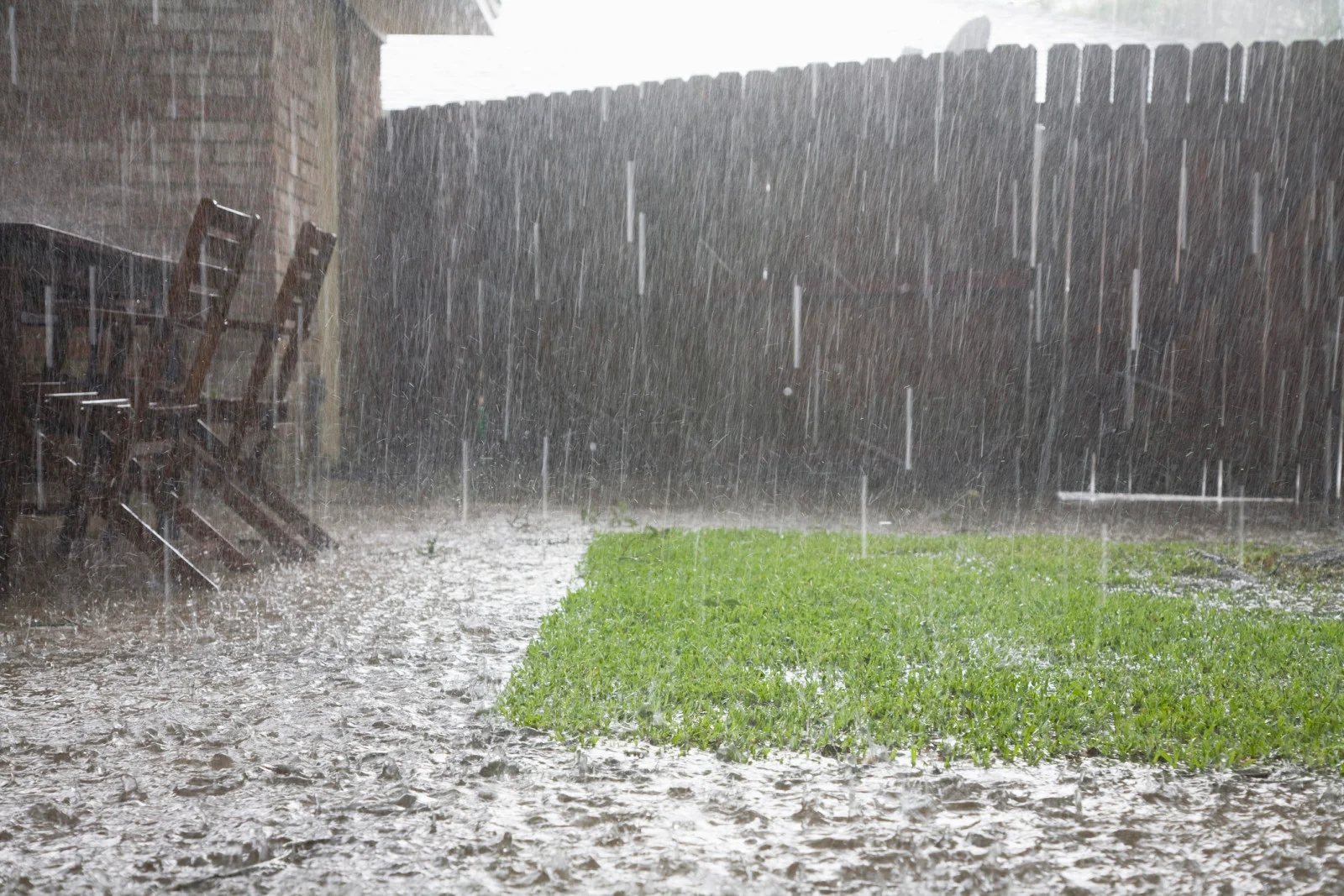
Rainwater is now unsafe to drink due to ‘forever chemicals,' study says
The currently known problems associated with PFAS are likely “only the tip of the iceberg,” the scientists say.
The most remote landscapes imaginable are void of human settlements and litter on the ground but still suffer from the staggering levels of pollution we generate.
A study published by scientists from Stockholm University and ETH Zurich reports that rainfall in extremely isolated regions has concerning levels of hazardous human-made chemicals, which suggests that there is no longer a place on Earth where rainwater is safe to drink.

Heavy rain in Tyrol, Australia. (Thomas Winz/ The Image Bank/ Getty Images)
The chemicals of concern are perfluoroalkyl and polyfluoroalkyl substances (PFAS) because they are highly resistant to degrading, meaning that they persist in the environment or human body for years and sometimes infinitely. Over time winds and rain carry these “forever chemicals'' across oceans and continents until they land somewhere and begin accumulating.
Exposure to PFAS carries serious health risks including cancer, infertility, pregnancy complications, diabetes, increased cholesterol, and immune system problems. The study stated that “many thousands of substances” are defined as PFAS and some sources include non-stick pans and water-repellent fabrics.

Close-up of a row of colourful pails with collected rainwater as part of recycling effort in Singapore. (Calvin Chan Wai Meng/ Moment/ Getty Images)
As more knowledge is learned about the health impacts of PFAS and how the chemicals behave in the environment, experts continue to adjust the level of exposure that should be safe for humans.
The PFAS safety levels are outlined by the U.S. Environmental Protection Agency (EPA), which recently lowered the recommended limits of PFAS exposure in drinking water in June due to new evidence that these chemicals are much more hazardous than previously thought.
Samples from remote parts of Tibet and Antarctica and laboratory analysis revealed that certain PFAS levels are stable in the atmosphere despite their production being phased out by manufacturers. Due to natural processes, such as the water cycle and wind patterns, the chemicals were observed continuously cycling through the atmosphere and environment.
Concerningly, the chemical levels from these remote locations “often exceed” the recommended limit outlined by the U.S. EPA drinking water health advisory. Rainwater in the remote regions often exceeded limits outlined by the Denmark drinking water advisory, which is one of the strictest drinking water regulations globally.
Watch below: Largest river in Guatemala choked by garbage that causes "trash tsunamis"
“There has been an astounding decline in guideline values for PFAS in drinking water in the last 20 years. For example, the drinking water guideline value for one well-known substance in the PFAS class, namely the cancer-causing perfluorooctanoic acid (PFOA), has declined by 37.5 million times in the U.S.” Ian Cousins, the lead author of the study and professor at Stockholm University, stated in a press release.
“Based on the latest U.S. guidelines for PFOA in drinking water, rainwater everywhere would be judged unsafe to drink. Although in the industrial world we don’t often drink rainwater, many people around the world expect it to be safe to drink and it supplies many of our drinking water sources,” Cousins said.
The researchers say that due to the current abundance of PFAS in the environment, realizing the U.S. EPA health advisories would require significant investments in improving drinking water treatment plants as well as advancements in technology to remediate contaminated sources.
Additionally, the scientists say the problems associated with PFAS are likely “only the tip of the iceberg given that there are many thousands of PFAS in the class and the risks associated with most of them are unknown.”
“It is of great importance to avoid further escalation of the problem of large-scale and long-term environmental and human exposure to PFAS by rapidly restricting uses of PFAS wherever possible,” the study concludes.
Thumbnail image: moodboard/ Image Source/ Getty Images

